What makes a dog “right” for a first-time owner? Is it gentleness? Trainability? A calm spirit? For many people stepping into the world of dog ownership, those first decisions feel huge.
And when rescue dogs enter the picture, it can feel even more uncertain. But here’s the thing—many rescue dogs are ideal matches for beginners. Some breeds are naturally more adaptable, patient, and forgiving than others.
They don’t need expert handlers or years of training. They just need someone willing to show up. You don’t need to be perfect—you just need to be present.
In this guide, we’ll explore rescue-friendly dog breeds that are known to do well with first-time owners. From calm companions to quick learners, these are the dogs that make you feel confident, even on day one.
Rescue Dog Breeds Suitable For First-Time Owners
1. Labrador Retriever
Labradors are widely recognized for their calm and predictable behavior in home settings. This steady nature gives them an edge in rescue environments where consistency matters. Their eagerness to please helps smooth the early bonding phase with inexperienced handlers.
Quick Learners with Balanced Drive
They have a natural ability to grasp new commands when guidance is given with patience. Their energy levels are active but manageable, especially when daily walks and light play are included. Among intelligent dogs, they balance obedience with attentiveness in busy households.
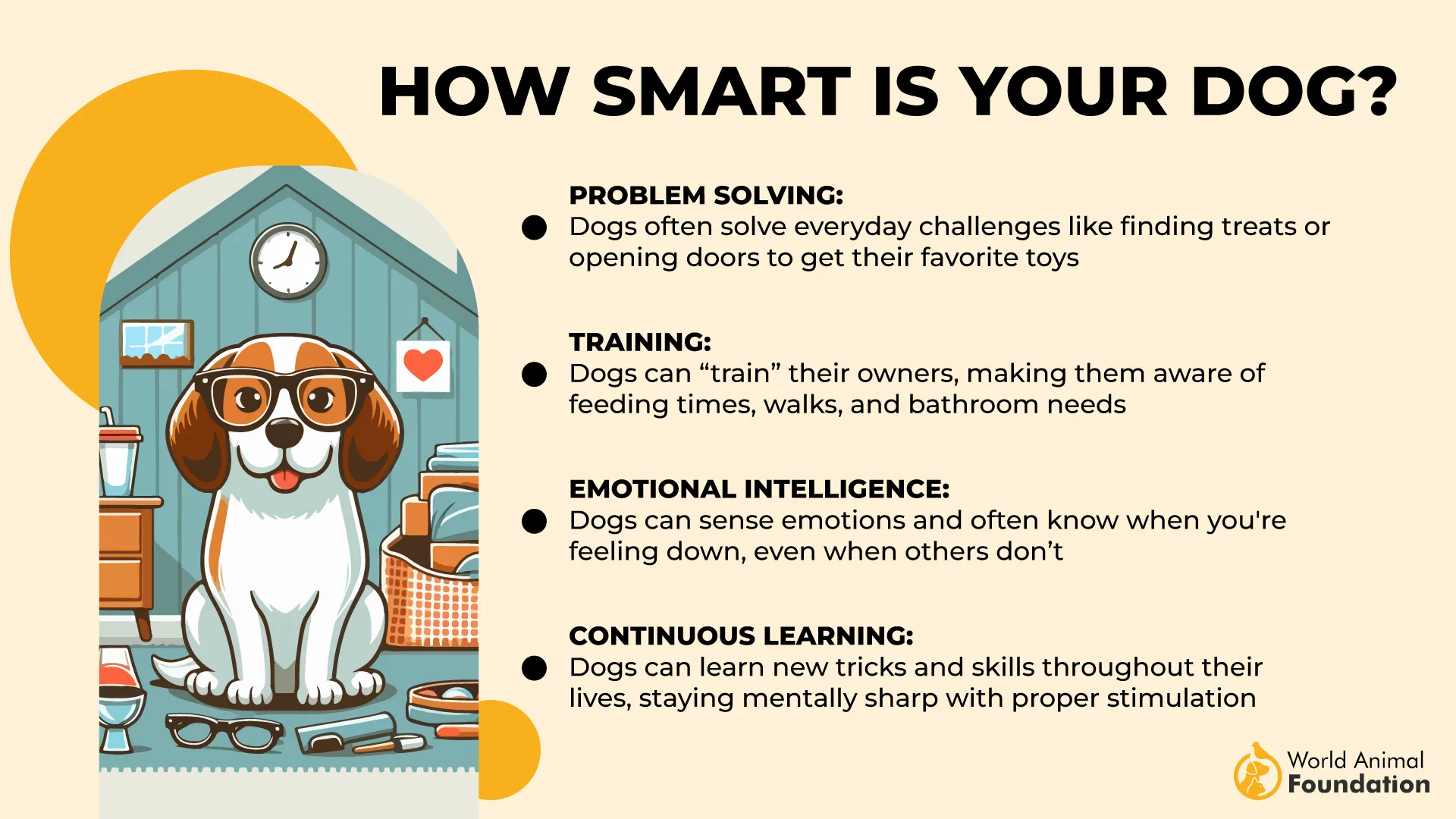
Emotionally In-Tune with People
Labs often mirror the emotional state of the people around them, picking up on changes in tone or energy. This emotional sensitivity supports a stable relationship with first-time dog owners. It also helps them integrate quickly into routines, especially after being adopted.
An All-Time Favorite for a Reason
Labradors are the only dog breed to have topped the American Kennel Club’s popularity list for over three decades, as per the AKC. That legacy isn’t just about numbers — it’s a reflection of their long-standing reliability across diverse home types.
2. Poodle
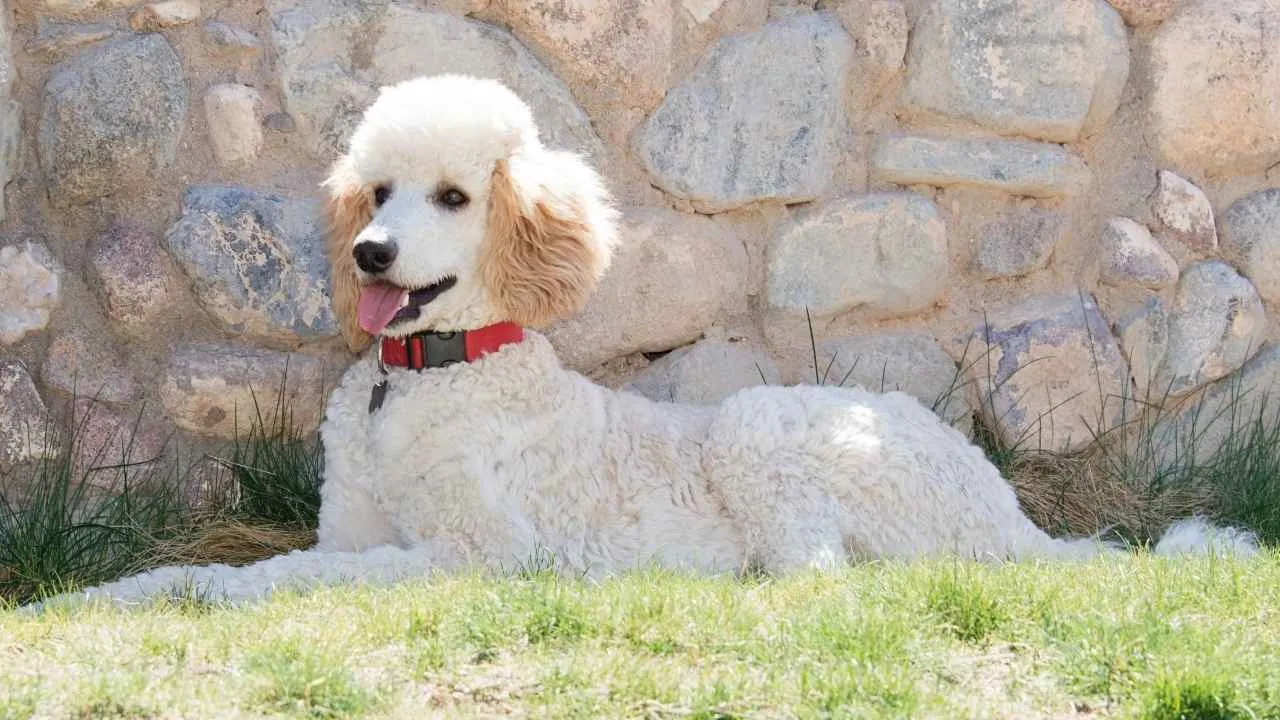
Poodles are well-regarded for their trainability across all three size types — Toy, Miniature, and Standard. Their responsiveness to cues reduces the learning curve for new adopters. This makes them one of the breeds for first-time owners who want a structured companion.
Adaptable Energy in Different Environments
Whether in a small apartment or a house with a yard, Poodles adjust their energy to their surroundings. They benefit from regular play, puzzle toys, and walks that balance stimulation with bonding. Even the smaller types are more durable than many other small dogs.
Hypoallergenic Coat with Minimal Shedding
Their curly, dense coat traps dander, making it a more allergy-friendly option. Regular grooming is needed, but the reduced shedding can be a bonus in shared spaces. This trait also helps in keeping the home environment cleaner over time.
A Record Holder in Canine Intelligence
Poodles are ranked as the second-best dog for intelligence in Stanley Coren’s famous canine IQ study, as highlighted by Petland Raleigh. Their mental sharpness, combined with emotional attentiveness, creates a breed that actively engages with its human without overwhelming them.
3. Golden Retriever
Golden Retrievers have a dependable, people-oriented personality that fits naturally into home environments. Their social instincts help them settle into new routines with ease, especially when rehomed through rescue. This consistency makes them one of the ideal dog breeds for first introductions.
Naturally Receptive and Willing to Learn
They respond well to voice tone and gesture-based cues, often requiring fewer repetitions during training. Golden Retrievers fall under the category of very intelligent dogs, known for understanding multiple commands. Their willingness to follow guidance reduces pressure on new handlers.
Engagement Keeps Their Behavior Balanced
Although they’re easygoing, Goldens need daily interaction to stay behaviorally steady. Walks, chew toys, or scent games offer enough mental stimulation to prevent frustration. Without consistent engagement, they may resort to attention-seeking habits like nudging or vocalizing.
They’ve Even Served in Unique Roles
Golden Retrievers were once trained to retrieve shot waterfowl without damaging them, due to their “soft mouth”, as per PetMD. This trait is still noticeable today when they carry toys or gently interact with children, making them exceptionally safe around family settings.
4. Newfoundland
Newfoundlands have a naturally low reactivity level, making them steady even in chaotic surroundings. Their patience stands out, especially around kids or adults unfamiliar with handling large dogs. This calmness makes them one of the gentlest large breeds to consider for a first dog.
Strong Yet Soft in Behavior
They’re built for strength, but their movements are slow and deliberate, avoiding sudden lunges or bursts of energy. Many shelters observe that Newfoundlands adjust well indoors with mild activity. Their relaxed style supports smooth transitions in rescue and home life.
Highly Tolerant and Responsive
This is an affectionate breed that seeks connection without becoming overly demanding. Even in new environments, they remain emotionally stable and responsive to basic routines. For those unsure about certain breeds, their predictability brings added confidence.
Known for a Remarkable Ability
Newfoundlands are one of the few dog breeds known to instinctively perform water rescues — even without prior training. Their lung capacity, webbed feet, and coat make this a reliable trait, not just an impressive anecdote about the right dog.
5. Boxer
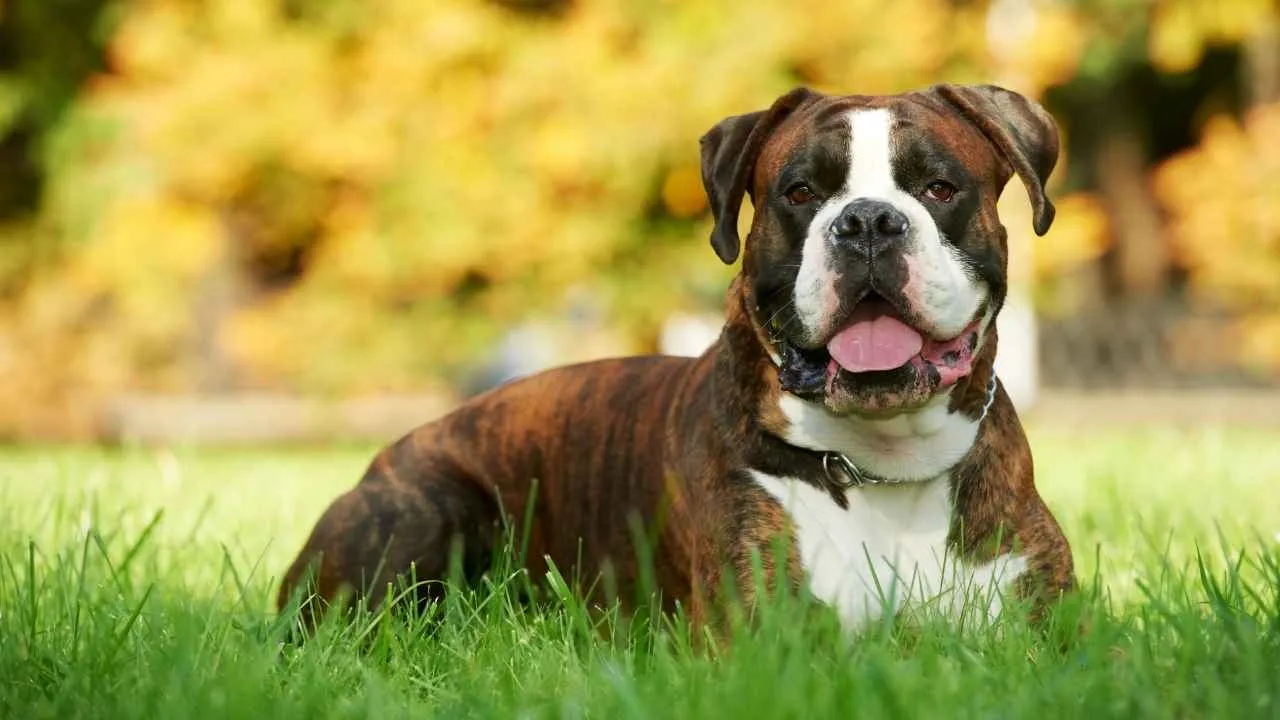
Boxers are known for their expressive faces and ability to read human cues with surprising accuracy. They respond quickly to tone and body language, making communication easier for beginners. This responsiveness is valuable in rescue settings where emotional trust is key.
Playful Temperament with Protective Instincts
They form strong bonds with their primary caregiver, often showing loyalty early in the relationship. While protective, they are not aggressive — their reactions are typically measured and observant. This helps maintain a stable home environment, even around other pets.
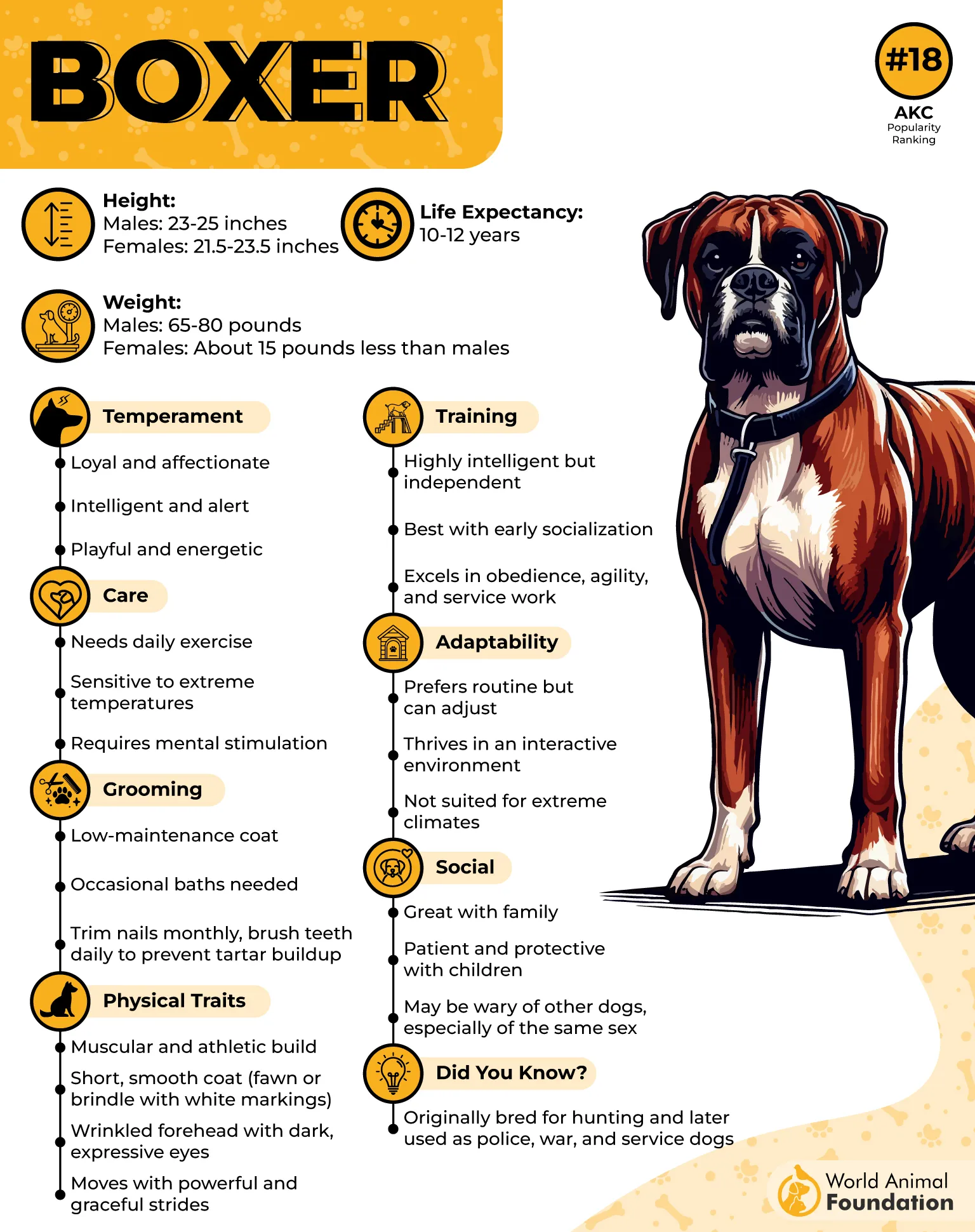
Built for Movement and Social Interaction
Their muscular build complements their need for moderate activity in short, structured sessions. A walk, short game, or mental puzzle fits well with their energy pattern. First-time owners with an active lifestyle often find this routine easy to maintain.
Known as the Clown of the Dog World
Boxers belong to a group of breeds that are highly intelligent yet often retain puppy-like behavior well into adulthood, as stated in Royal Canin. This mix of awareness and playfulness makes them a best breed choice for those looking for companionship and structure.
6. Bernese Mountain Dog
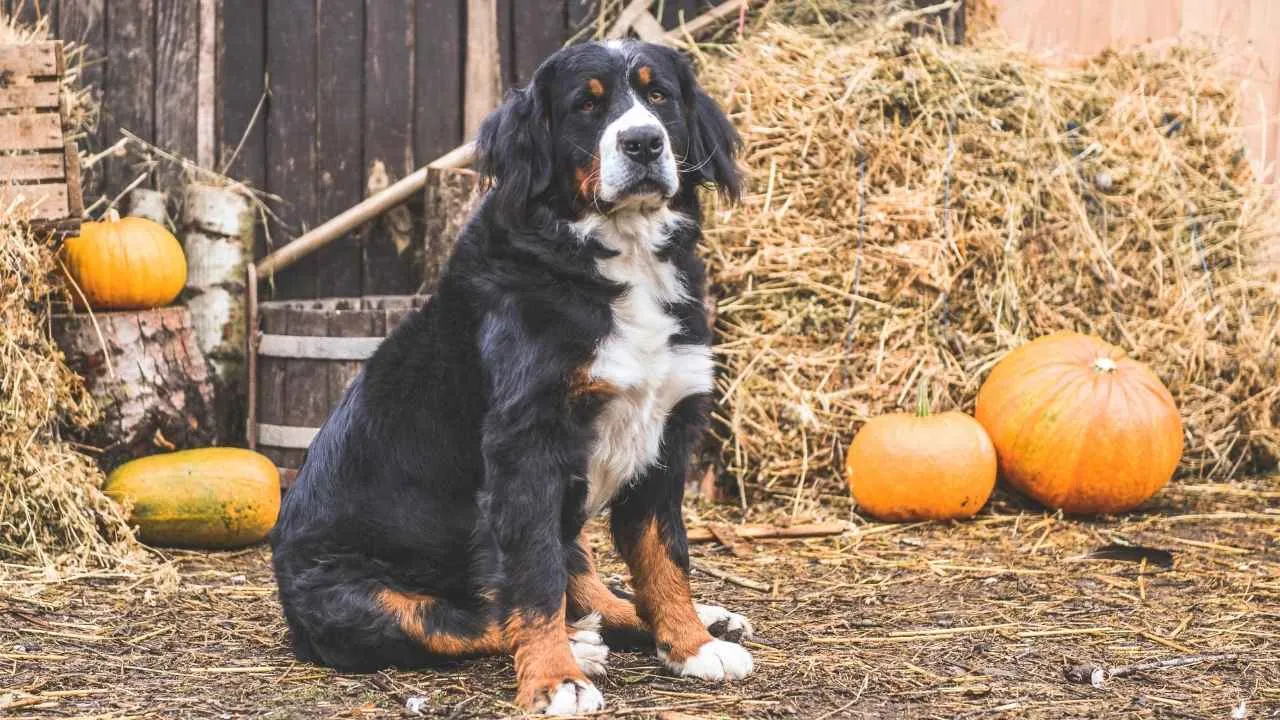
Bernese Mountain Dogs tend to remain calm even in unfamiliar situations. This steadiness helps rescue adopters avoid unpredictable behavior often seen in many dogs with anxiety. Their reactions are usually measured, which makes handling them less overwhelming.
Naturally Patient and Observant
They’re highly observant and take time to assess their surroundings without being reactive. This patience can help first-time adopters adjust without rushing. Their slow-paced nature makes early training less stressful when introduced from an early age.
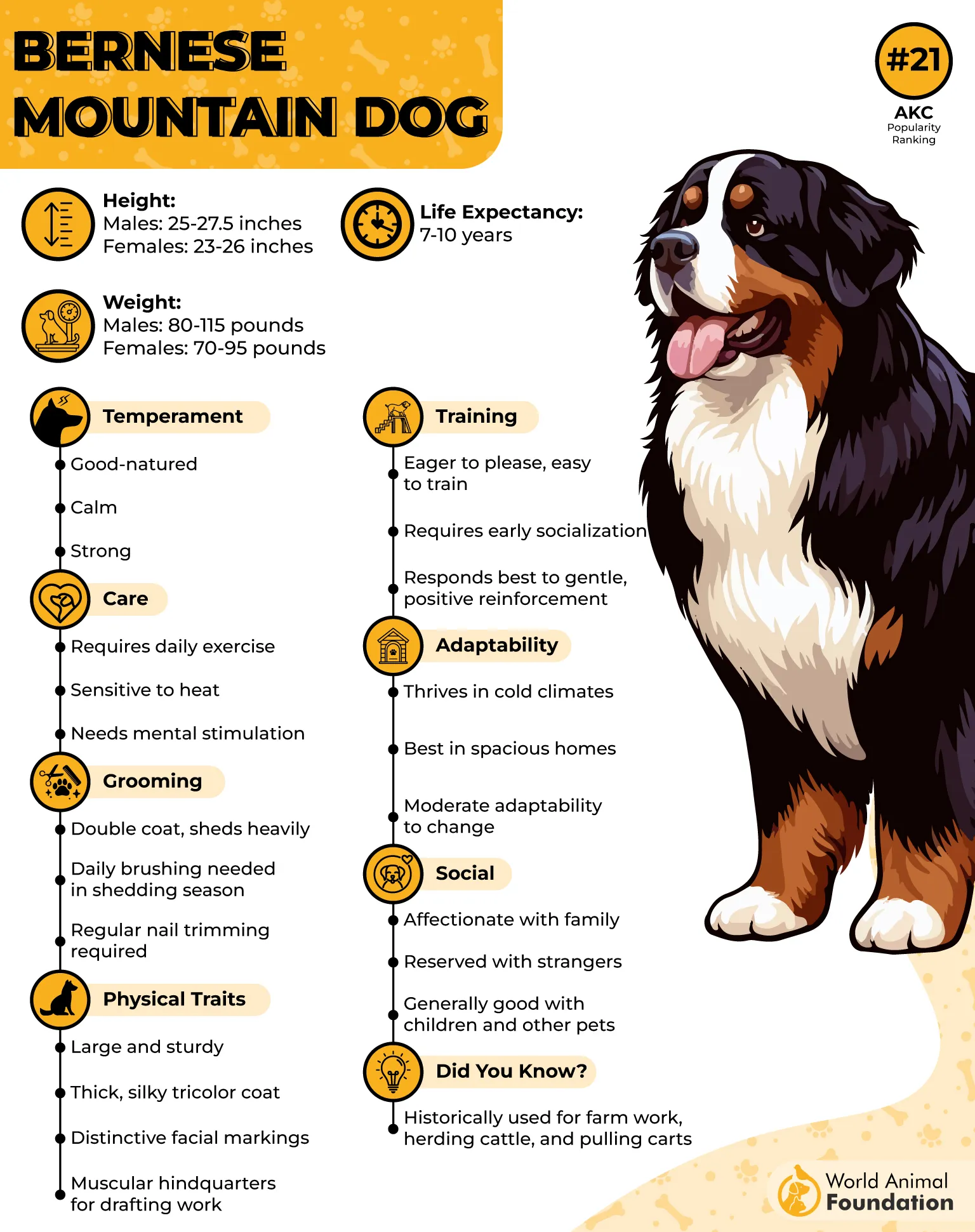
Strength Matched by a Gentle Nature
While large and strong, their demeanor around children and adults is typically gentle and protective. Their loyalty often centers around the entire family, not just one person. This makes them excellent for homes looking for a steady and devoted companion.
Fun Fact from Competitive Rings
Bernese Mountain Dogs are known for their striking appearance and frequently stand out in dog shows due to their tri-colored coat and confident posture. Their structure and grace reflect careful breeding standards that favor sound movement and balanced temperament.
7. Pembroke Welsh Corgi
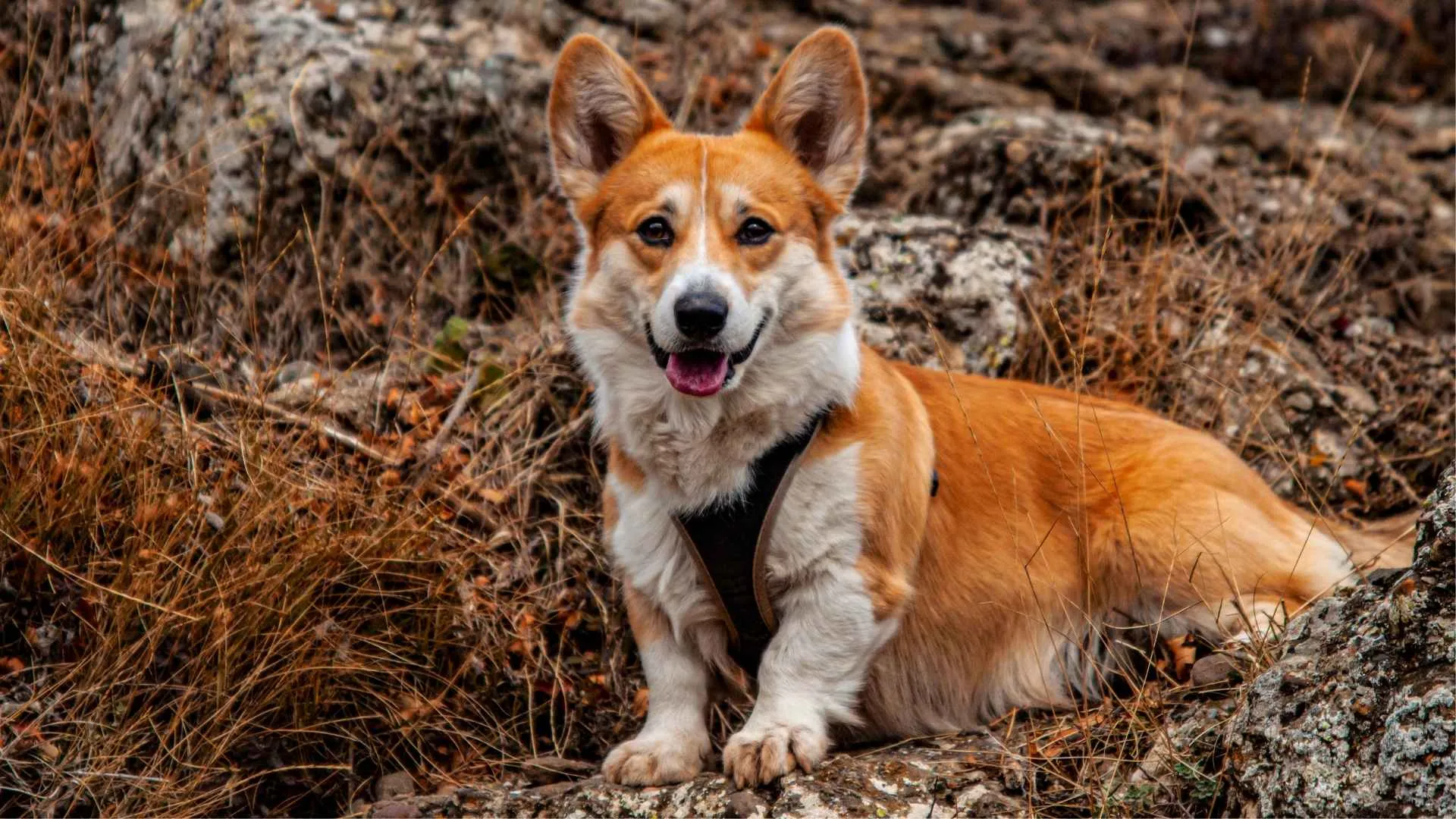
Despite their short legs, Pembroke Welsh Corgis have a firm, athletic build that supports surprisingly agile movement. Their compact frame is manageable in both small homes and rescue shelter environments. This ease of handling makes them approachable for beginners navigating early training.
Predictable Temperament and Clear Cues
Corgis are expressive and communicate clearly through body language, which helps avoid confusion in new households. Their responses to voice and gesture are consistent, making them easier to guide. They rarely display extreme behavioral swings when introduced to new settings.
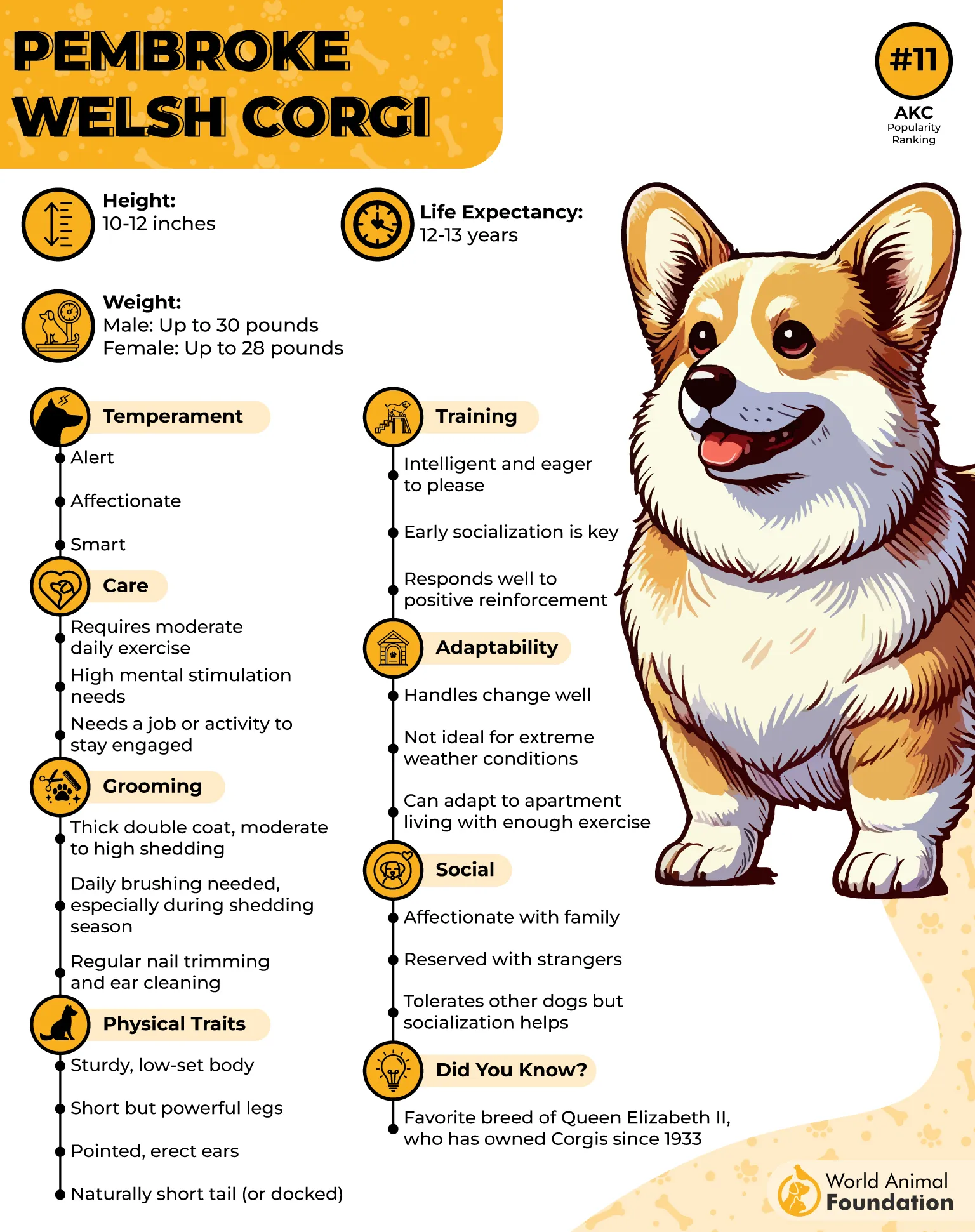
Quick to Train and Mentally Engaged
This breed tends to excel in structured learning environments, especially when routines are established early. They pick up commands quickly and retain them with minimal correction. Even short, daily sessions are often enough to keep them mentally satisfied.
Rooted in Royal Recognition
The Pembroke Welsh Corgi is famously associated with Queen Elizabeth II, who reportedly owned over 30 during her lifetime. This strong association wasn’t symbolic — it reflects the breed’s long-standing reputation for loyalty and easy companionship in daily life.
Conclusion
Every dog on this list offers something valuable to new owners—patience, warmth, and a willingness to start fresh. Some are from non-sporting groups, others are moderately active, but each one is known for being easy to train and eager to bond.
From smaller breeds that fit easily into apartments to medium and large dogs who enjoy long walks, these are options that work across many lifestyles. Even among different breeds, you’ll find consistent traits like loyalty and gentleness.
A little grooming, such as regular brushing, might be required, but the trade-off is a calm, happy breed that just wants to spend time with you and stay.


